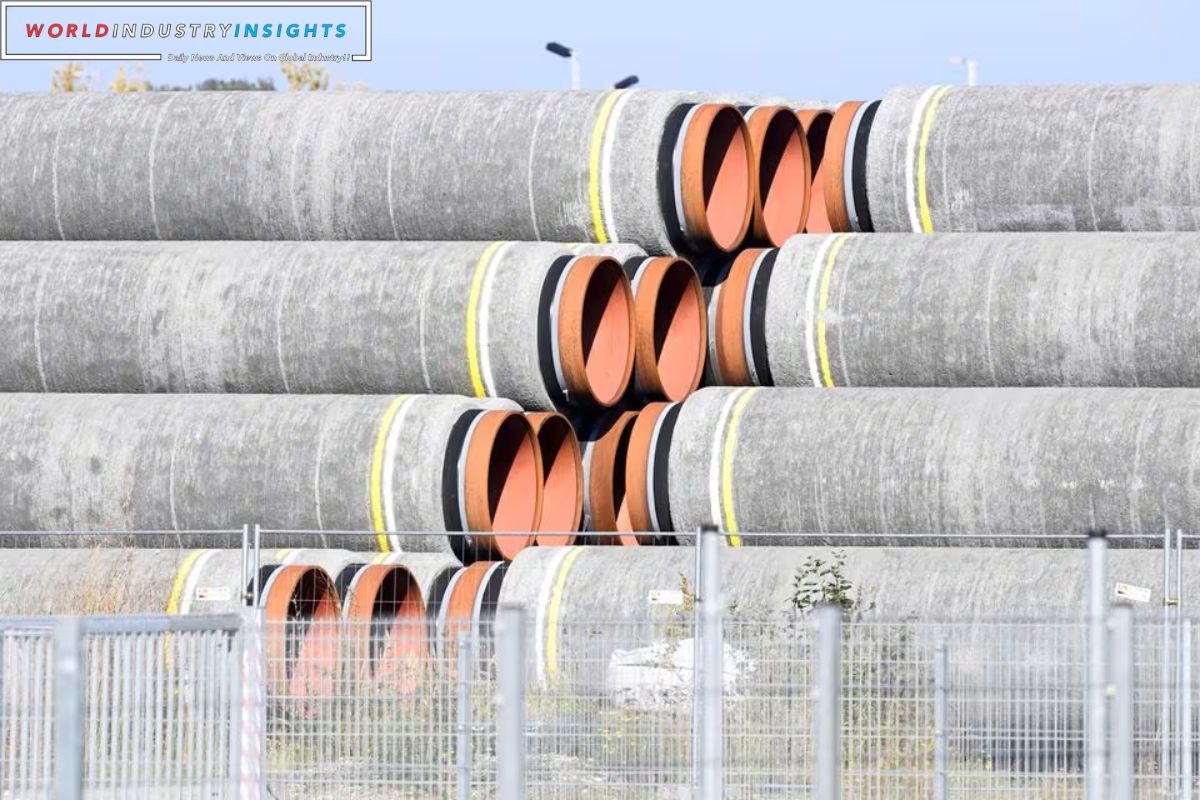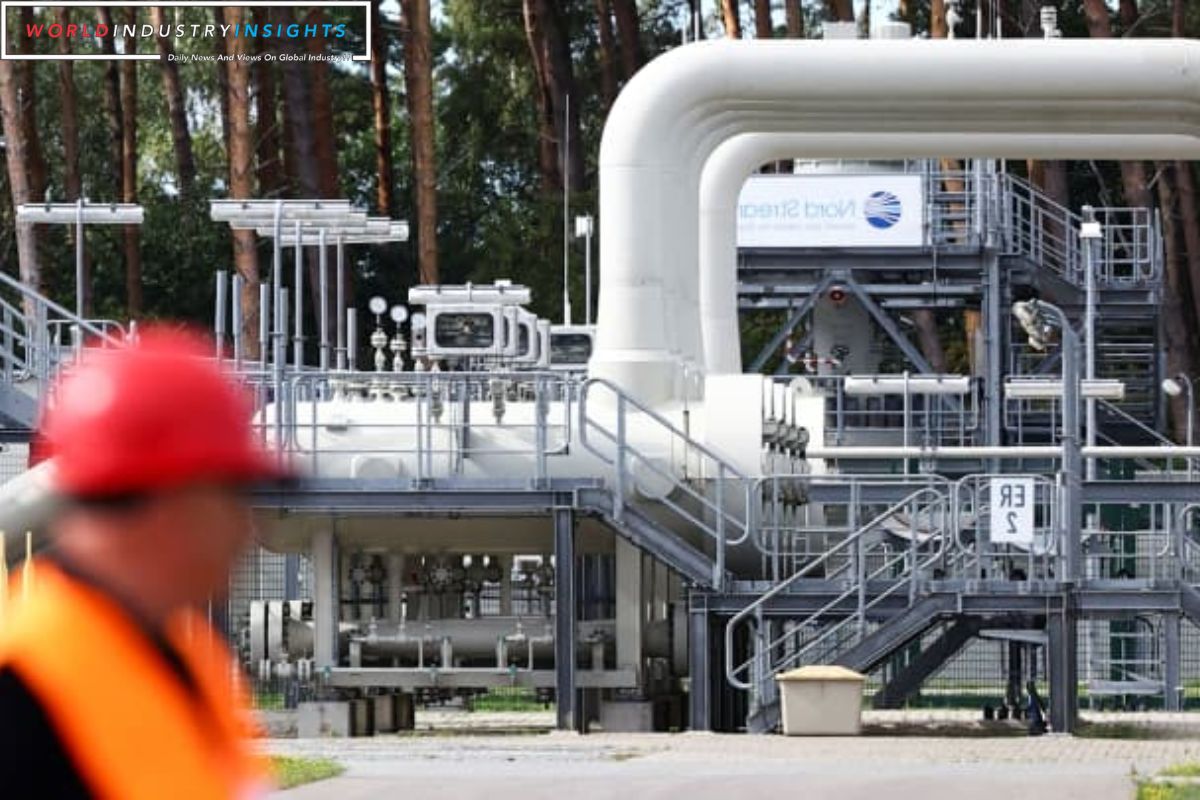Nord Stream Sabotage Sends: In a startling revelation, the Swedish Environmental Protection Agency announced a troubling spike in the nation’s annual greenhouse gas emissions, attributing the increase to the major gas leak caused by the sabotaged Nord Stream pipeline.
The explosions, which ruptured the vital gas pipes connecting Russia and Germany in the Baltic Sea, not only disrupted the gas supply but also led to one of the largest methane releases on record. This article delves into the environmental repercussions of the sabotage, shedding light on the challenges faced by Sweden in meeting its emission reduction goals.
Sweden, known for its commitment to sustainability, faced an unexpected setback when the Nord Stream 1 and 2 pipelines were targeted in explosions within the exclusive economic zones of Sweden and Denmark in September 2022. The United Nations subsequently identified the ruptures as the probable cause of a massive methane plume, a greenhouse gas with higher potency than carbon dioxide but a shorter lifespan.
According to the Swedish agency’s recent statement, the nation’s greenhouse gas emissions totaled 51.1 million tonnes of carbon dioxide equivalents in 2022. The methane plume within its exclusive economic zone alone accounted for 5.8 million tonnes. Shockingly, excluding the Nord Stream leak, Sweden’s emissions would have seen a 5% reduction, totaling 45.2 million tonnes.
Also Read: CO2RE Interactive Map for Greenhouse Gas Removal Projects
“The reason for the increase was the gas leak from Nord Stream,” explained an agency spokesperson, highlighting the direct link between the sabotage and the surge in emissions. The Danish exclusive economic zone, which also experienced leaks from the explosions but is not included in the Swedish data, contributed an additional 8.5 million tonnes of carbon dioxide equivalents.
Formal investigations into the pipeline explosions have concluded sabotage, yet the identity of the responsible party remains unknown. As Sweden grapples with the environmental aftermath, questions arise about the vulnerability of crucial energy infrastructure and the broader implications for sustainable practices.
This article explores the implications of the Nord Stream sabotage on Sweden’s environmental goals, emphasizing the urgent need for secure and resilient energy systems in the face of evolving geopolitical challenges.
Our Reader’s Queries
Who did Nord Stream pipeline sabotage?
The United States was implicated in the sabotage of pipelines, with Russia initially accusing the United Kingdom and later the US. According to Der Spiegel, the US Central Intelligence Agency had alerted the German government of potential sabotage to the pipelines several weeks prior.
Who was the Ukrainian responsible for the Nord Stream?
According to insiders, the bold sabotage mission was made possible by the efforts of Roman Chervinsky, a high-ranking member of Ukraine’s special operations forces.
How did Nord Stream get damaged?
In September 2022, the Nord Stream 1 and Nord Stream 2 pipelines were hit by explosions in the Baltic Sea. As a result, only one gas link in the network remained operational. The incident has raised concerns about the future of the pipelines and their impact on the energy supply in the region.
How deep is the Nord Stream pipeline explosion?
In the early hours of September 26, 2022, a powerful blast ripped through the depths of the Baltic Sea, causing significant damage to one of the four colossal underwater conduits that comprise the Nord Stream pipeline. The concrete-encased steel pipe, which was situated 260 feet below the surface, was left severely compromised by the explosion.


